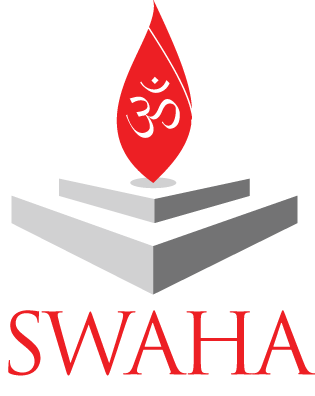Indian Arrival Day was first celebrated in Skinner Park, San Fernando, as the East Indian Centenary on May 30th 1945, which marked the hundredth anniversary of the coming of Indians to Trinidad. This year, however, we will witness celebrations that mark 164 years of East Indian presence in Trinidad. The Indian community has indeed made significant strides since making their inaugural trip aboard the Fatel Razack; a journey that required immense fortitude and will power. As a people, we have since demonstrated our endurance and resolution by carving a niche for ourselves in this very small, but very progressive island-country.
Our ancestors have toiled and laboured to mark a name for the Indian population in Trinidad and Tobago: Indian dress and food are now integrated into the local landscape; major strides have been reached in the recognition of local Indian classical music. In fact, The Yankaran brothers are now acknowledged worldwide. More recently, there has been a resurgence of the pure classical artform, with the University of Trinidad and Tobago heavily reintroducing and promoting Indian classical music to the population. Our music now forms part of the music curriculum at the University.
There are countless local Hindu NGOs in existence, SWAHA being at the forefront, spearheading the ideals and philosophies handed down by our ancestors. Indians now constitute at least 50% of government; there are now Indians on the West Indies cricket team; a large percentage of our intellectual core comprise Indians, with Sir Vidia Naipaul highlighting our successes by gaining the prestigious Nobel prize for literature, thereby creating a chronicle and archive of our past that will remain forever.
So we have come a very long way from our days of indentured labour and cane farming. The now generation does not face the challenge of highlighting the contributions of the Indian community; these are well-known and well-documented. Our struggle is distinct, and has assumed a different nature. We are now faced with asserting, reviving and upholding the very philosophies and ideals that our forefathers brought with them. Society has undergone a widespread degeneration in the most basic and fundamental values of humankind: infidelity, lies, and a general dismissal of duty currently reign supreme.
Above all, one of the core ideals by which our ancestors stood, is being eroded: the place and position of women. Hinduism has always placed the female on a pedestal; she is the keeper of dharma, and should therefore be treated as such. Of course, she should also display attitudes and behaviours that become her high standing in society.
Hinduism is one of the only religions that portray the concept of God as being both man-woman. The theological basis of Ardhanaarishwar not only encompasses equality of the sexes (a concept that is du jour but has been integrated into Hindu ideology since the beginning), but furthermore the idea that the woman is central to maintaining balance in the family, community, state, universe and life itself. As such, mothers, daughters, sisters and wives are all extremely pivotal to upholding life’s equilibrium. In Hindu tradition, the mother of the home is seen as its Lakshmi; its light and source of energy. Without the Lakshmi, a home cannot be complete; like an ocean without its waves. The women are custodians of life and by extension, dharma. When they are happy, we are happy. One’s mother/ wife/ sister/ daughter should be treated with high esteem and respect for without them, nothing will happen.
As Mother’s Day is celebrated two weeks before Indian Arrival Day, this simple yet crucial ideology should be revisited. Have we abandoned the philosophies that our forefathers have cherished? Do we still treat the women in our society like living goddesses? We should see divine energy in each woman. In a world where abuse of women is still rampant, much is still left to be desired. Of course, to whom much is given, much is expected. Our women need to recognise their elevated status and act accordingly. They determine the future – dharmic or adharmic. They hold the power to change men, children, families and the world.
On Indian Arrival Day 2009, let us dig deeper. Let us revisit such ideologies that have stood the test of time. Amidst the pomp and fanfare, we must reflect as a people and determine where we are going wrong. It is only then can we say with pride that ‘we have arrived’.


Shivanand Pancham
East Indians must feel a sense of pride when one looks at their evolution in Trinidad. We need to closely guard our founding principles and resist temptation from influences of failing Western cultures to maintain our exponentially charted successes.
rianna
thanks
arianna
thanks alot i got 95 OUT OF 100
linda
dis is the best day of my life because of this i got an A but i did not copy cat very thing i just used a bit of imformation